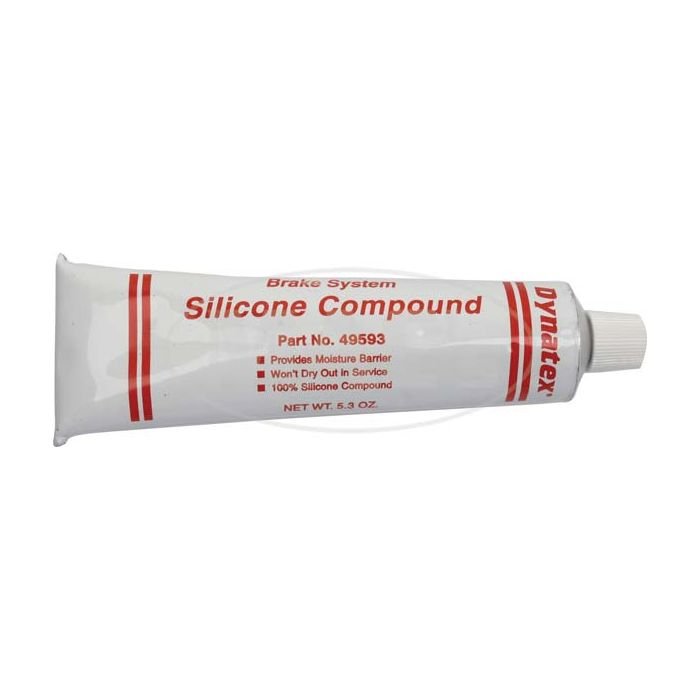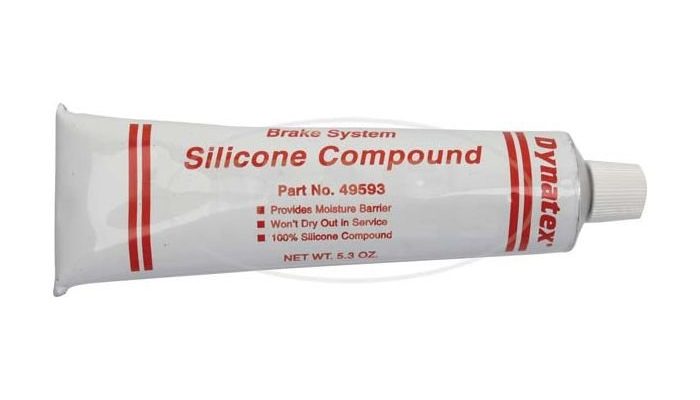
Honestly, choosing a lubricant can feel like picking the right cable from a box of mismatched chargers. Shapes, materials, even the age of the weatherstripping—each one changes what works best. And while there are tons of brands out there (from tried-and-true 3M to newer options like DuPont), not all lubricants get the job done for every type of seal. Let me explain what you need to know so you can stop the drafts and the squeaks—and keep your weatherstripping working just like it should.
Why Weatherstripping Lubrication Is Essential
You might be wondering why anyone should bother lubricating weatherstripping at all. Here’s the thing: weatherstripping dries out and cracks over time, especially when exposed to sunlight, dust, and temperature changes. Without lubrication, seals get stiff, noisy, and can even stick or tear. That’s when air leaks start sneaking in—raising your energy bills and making your home or car less comfortable.
Lubrication isn’t just about making things slide better. It also helps preserve the flexibility and softness of rubber or foam seals. Regularly applying the right lube can add years to your weatherstripping’s lifespan. Think of it like moisturizer for your skin—it keeps things smooth, elastic, and protected from the elements.
Plus, some lubricants can actually repel dust, dirt, and ice. In places where winters are harsh, this is a game-changer. Suddenly, those frozen car doors or sticky draft guards won’t be your problem anymore.
Types of Weatherstripping Profiles and Their Needs
Not all weatherstripping is created equal. Walk around your house or check your car, and you’ll see a variety of shapes and materials. Each type has its quirks, and honestly, using the wrong product can do more harm than good. Let’s break down the main weatherstripping profiles:
- D-shaped: Common on car doors and windows, these look like a fat “D” cross-section and need a lube that can penetrate and protect rounded surfaces.
- P-shaped: Often found on garage doors, this seal looks like a “P” and takes a beating from movement and debris.
- Flat: You’ll spot these at the bottom of doors or windows, where they slide a lot and need a slicker, non-tacky lubricant.
- Bulb or tubular: Used where the seal gets compressed, like entry door frames—these need a lubricant that won’t break down the rubber or vinyl.
Each profile can be made from different stuff—EPDM rubber, silicone, foam, or even felt. The key is matching the lube to both the shape and the material. Some products (like petroleum jelly) can actually damage rubber, while silicone-based sprays or pastes keep everything safe and flexible.
Silicone-Based Lubricants: The Go-To for Most Profiles
When in doubt, silicone-based lubricants are usually the best bet for weatherstripping. They’re safe for almost all types of rubber and vinyl, and they create a slick, water-repellent layer that stops sticking, squeaking, and drying out.
Here’s why they’re so popular:
- Safe for rubber and vinyl: No risk of breaking down the seal material, unlike oil-based products.
- Temperature-resistant: Works whether you’re in Arizona heat or Minnesota winters—no melting or hardening.
- Easy to apply: Most come in sprays, so you can target those hard-to-reach profiles or awkward corners.
Brands like 3M, DuPont, and WD-40 Specialist all make reliable silicone sprays. For flat weatherstripping, a quick spray wiped with a cloth does the trick. For D- or P-shaped seals, work the spray gently into the groove with a finger or cotton swab. Just avoid over-spraying—too much can attract dirt and dust.
Insight: “Silicone sprays give you that just-like-new glide for car doors—no more struggling in cold weather or fighting that sticky, rubbery pull.”
When to Use Lithium Grease or Dry Film Lubricants
Sometimes, silicone isn’t the answer—especially for weatherstripping profiles exposed to heavy friction or tough outdoor conditions. For garage doors with P-shaped profiles or sliding windows with flat seals, white lithium grease or dry PTFE (Teflon) sprays might be a better choice.
White lithium grease is thicker and stays put, perfect where there’s metal-on-metal movement, like garage door tracks. It offers lasting lubrication and guards against rust, but honestly, it’s usually too heavy and messy for delicate door seals.
Dry film lubricants (often Teflon-based) go on wet but dry to a powdery finish. They’re especially helpful for areas that attract a lot of dirt or dust because they won’t turn sticky over time. For flat weatherstripping along sliding windows or patio doors, PTFE sprays keep things moving without that wet look or greasy feel.
The trick is applying these products carefully. For lithium grease, use just a tiny dab along the track or joint—never slather it over the whole seal. For dry lubricants, a light mist followed by a few open-and-close cycles spreads it perfectly.
Petroleum-Based Products: Use With Caution
Let me be clear—petroleum-based lubricants like Vaseline or traditional WD-40 are *not* recommended for most weatherstripping. While they might seem like quick fixes, they can actually cause certain rubber types (like EPDM) to swell, soften, or break down. Over time, this means cracked, sticky, or misshapen seals—a headache you definitely don’t want.
The only time to reach for a petroleum lube is with old, hardened felt weatherstripping (which is rare these days). Even then, use it sparingly and keep it away from any nearby rubber or vinyl. If you’re unsure about your weatherstripping’s material, it’s safer to skip petroleum products altogether.
If you’ve accidentally used the wrong product, don’t panic—just clean it off with a damp cloth and switch to a silicone-based spray. It’s the safest, most universal fix for most profiles and materials.
How To Apply Lubricant to Different Weatherstripping Profiles
Knowing what to use is one thing, but *how* you apply lubricant matters just as much. Weatherstripping comes in lots of corners, seams, and hard-to-reach spots. Rushing this step can mean missing areas or making a sticky mess.
Here’s a quick step-by-step approach for beginners:
- Clean first: Wipe away any dirt or debris with a damp rag. Dry thoroughly—it helps the lubricant stick.
- Spray or dab lightly: Whether you’re using a spray or paste, less is more. For tight spots, a cotton swab or small brush works wonders.
- Work it in: Gently massage the lubricant along the profile. For D-shaped or tubular seals, get into every groove.
- Wipe off excess: Too much lubricant will attract dust, so always finish by wiping away any leftover grease, spray, or oil.
Most people overdo it—honestly, a thin, invisible layer is plenty. Too much, and you’ll end up with black gunk clinging to the seals by next month.
Common Problems and How Lubricants Solve Them
Weatherstripping problems almost always show up as noise, sticking, or leaks. Each issue has a likely culprit and a lube-based fix:
- Squeaky car doors: Usually dry or hard D-shaped rubber. A quick pass with silicone spray usually silences things instantly.
- Drafty windows or doors: Brittle or shrunken seals need conditioning. For rubber, use silicone, but if the seal is felt or metal, try a little white lithium grease.
- Sticking in cold weather: Ice loves to glue untreated seals. Silicone creates a slick, water-repellent barrier that stops freezing and sticking for good.
If you’ve got a remote garage door or automatic car window, keeping weatherstripping smooth can even improve how these systems sync, reset, or quietly operate. No more loud screeches announcing your arrival!
Comparing Popular Lubricant Brands for Weatherstripping
Of course, not all brands are created equal. Here are some reliable options for most weatherstripping needs:
- 3M Silicone Lubricant: Widely trusted, goes on smooth, and stays put without getting greasy.
- DuPont Teflon Silicone Lubricant: Combines PTFE’s dry finish with silicone’s flexibility, making it great for sliding profiles.
- WD-40 Specialist Silicone: Not the classic WD-40, but their silicone version is gentle on rubber and easy to apply.
- Permatex White Lithium Grease: Best for garage door tracks, not for soft seals.
Pro tip: “If you’re unsure, start with a small test spot to check for any weird reactions before treating all your seals or weatherstripping.”
Local hardware stores and auto supply shops often carry these, so you don’t need to hunt down obscure or hard-to-find products.
Keeping Weatherstripping in Top Shape: Maintenance Tips
Regular maintenance pays off big time—lubricating every three to six months keeps everything working smoothly. Here’s a simple routine:
- Check seals for cracks, flattening, or mold. Replace if needed.
- Clean surfaces before every lube session.
- Lubricate gently—more is not better.
- If you’re dealing with electronics like garage doors, keep remotes (and batteries) handy so you can check movement right after lubricating.
A little attention is all it takes to prevent bigger problems. You’ll save money on heating and cooling, avoid annoying noises, and get that “brand new” feeling every time you open a door or window.
Picking the best lubricant for your specific weatherstripping profile isn’t complicated once you know what to look for. Silicone-based products work for almost everything, while white lithium grease and dry films handle the heavy-duty jobs. Match the lube to your profile, avoid petroleum with rubber, and always apply sparingly for the best results.
With a little care, your weatherstripping will stay soft, quiet, and airtight through every season. It’s one of those small household tasks that pays off in comfort, peace, and savings—and once you get the hang of it, you’ll wonder why you ever put it off.
